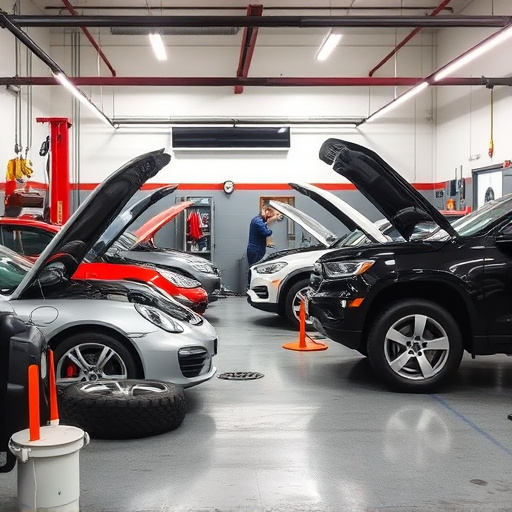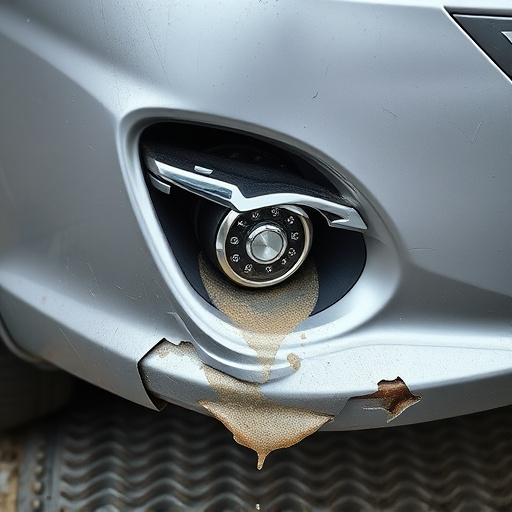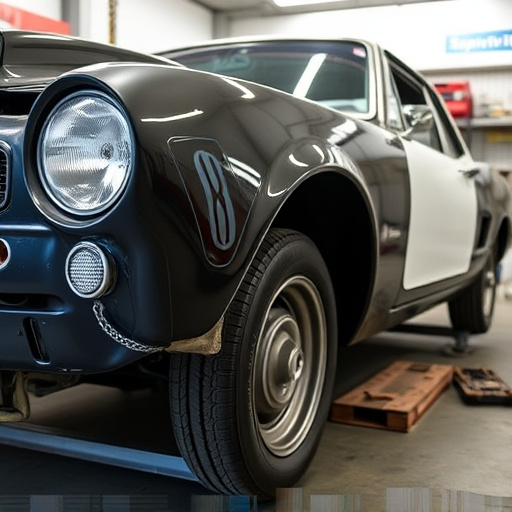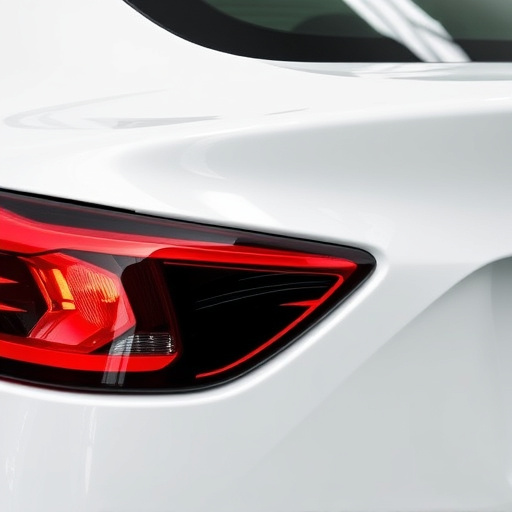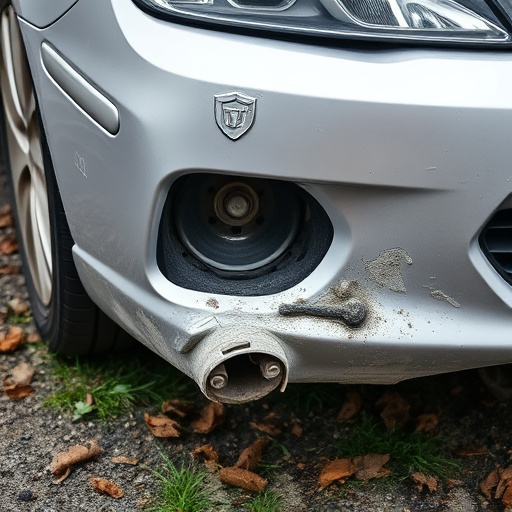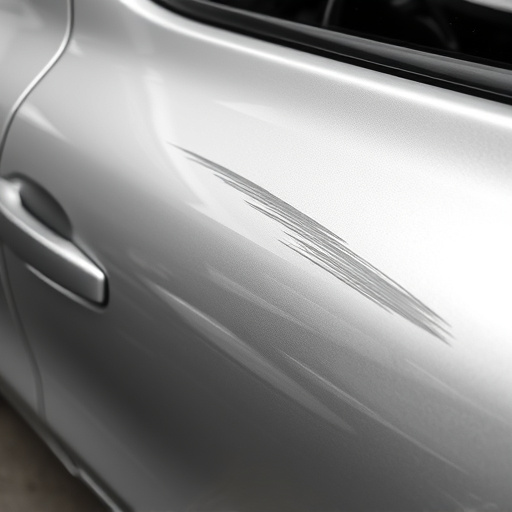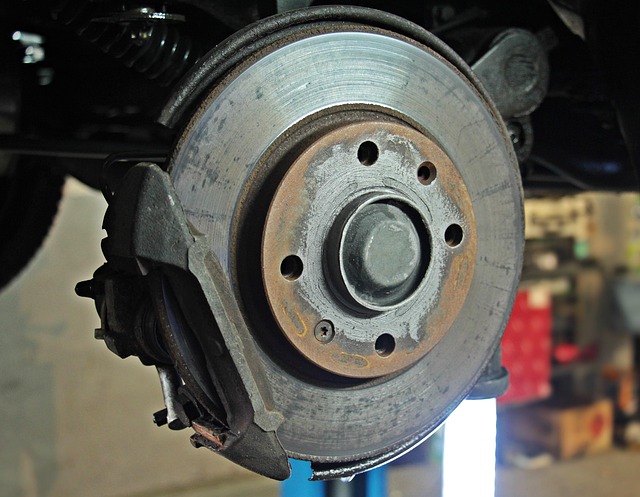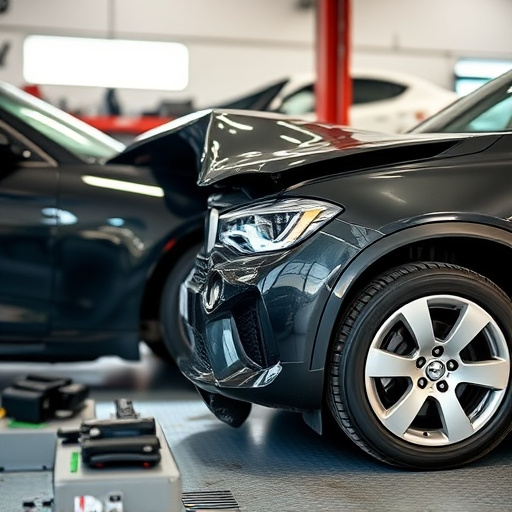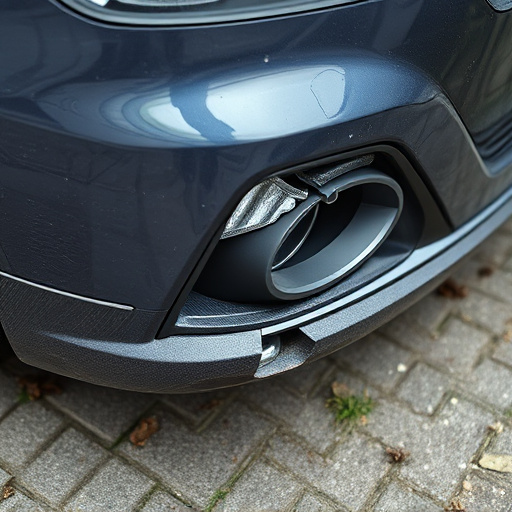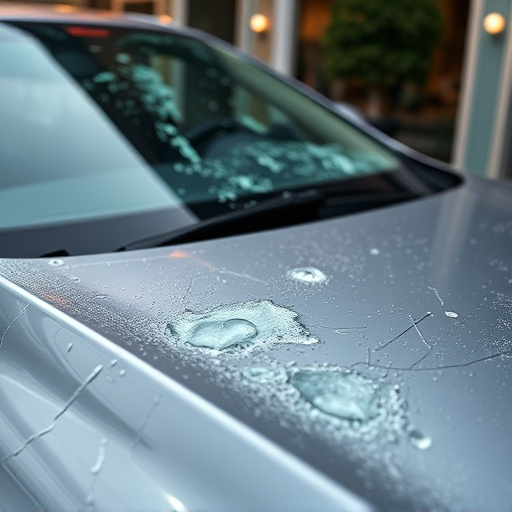When faced with collision damage, weigh costs and long-term value. Detailing fixes cosmetic issues affordably, while full reconditioning offers higher resale value through meticulous restoration. Choose based on damage severity and car's marketability, considering comprehensive repairs for increased longevity. "Detailing after collision" is key SEO term for attracting relevant audiences.
After a collision, do you repair or fully recondition your vehicle? This question goes beyond insurance coverage. Detailing after collision can be an affordable quick fix, but it may not match the visual impact of a full restoration. While both options cater to varying budgets and timelines, understanding their differences is key. In this article, we compare cost, visual appeal, and timeframes for detailing after collision versus full vehicle reconditioning.
- Cost Comparison: After Collision vs Reconditioning
- Visual Impact: Repairing versus Full Restoration
- Timeframe Analysis: Quick Fix vs Complete Overhaul
Cost Comparison: After Collision vs Reconditioning
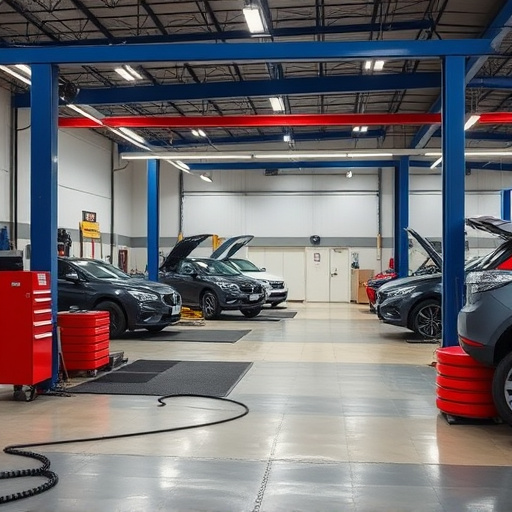
When comparing the costs of detailing after a collision versus full vehicle reconditioning, it’s essential to consider both immediate expenses and long-term value. Detailing after collision damage repair typically involves fixing cosmetic issues like scratches, dents, and paint repairs, which can range from hundreds to thousands of dollars depending on the severity of the accident. This option is often chosen for its affordability, especially if the vehicle’s structure is intact but needs some aesthetic touch-ups.
On the other hand, full vehicle reconditioning or automotive collision repair involves a complete makeover, including replacement of damaged parts, repainting the entire vehicle, and restoring it to its pre-collision condition. While this process tends to be more expensive upfront, it ensures that every aspect of the vehicle’s bodywork is returned to factory specifications. This level of restoration can significantly enhance the resale value of the car, making it a sound investment in the long run.
Visual Impact: Repairing versus Full Restoration
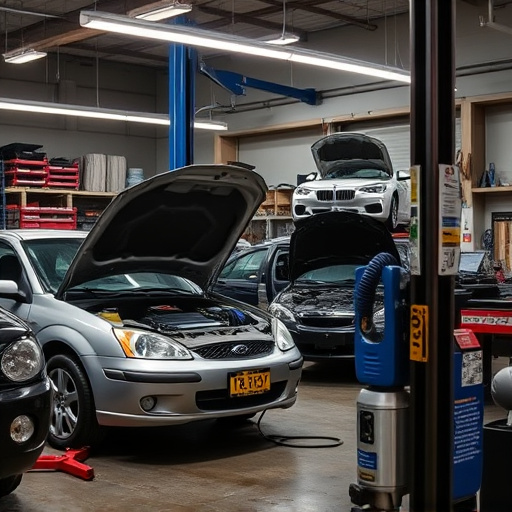
After a collision, the visual impact on a vehicle can be significant. Choosing between detailing after collision and full vehicle reconditioning depends on the extent of damage. Minor dents, scratches, and paint imperfections can often be successfully addressed through detailed repairs, restoring the car to its pre-accident condition without needing a complete overhaul. This process involves meticulous work by skilled technicians who use specialized tools and techniques to fix external issues while preserving the original aesthetics as much as possible.
On the other hand, extensive damage that affects structural integrity, major components, or leaves significant cosmetic flaws may require full vehicle reconditioning. This more comprehensive approach involves not just repairing the body but also replacing parts, rebuilding mechanisms, and restoring the entire vehicle to like-new condition. An automotive body shop specializing in collision repair will handle every aspect of the process, ensuring that the finished product is a testament to their expertise and precision.
Timeframe Analysis: Quick Fix vs Complete Overhaul
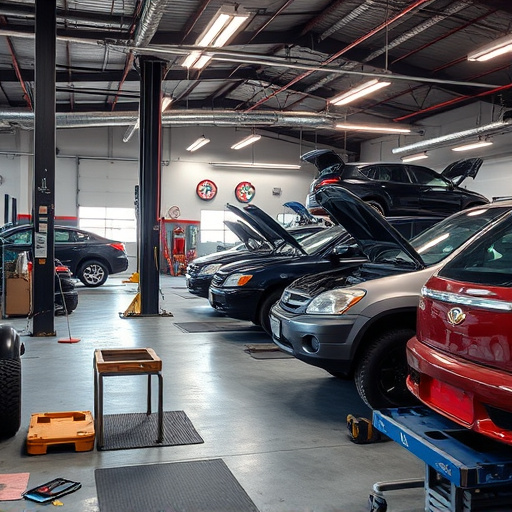
When considering the options for restoring a damaged vehicle after a collision, understanding the timeframe involved is crucial. Detailing after collision offers a quick fix solution, focusing on repairing visible dents and scratches while bringing the exterior back to its pre-accident condition. This process typically takes several days to a week, depending on the extent of damage and accessibility of parts.
In contrast, full vehicle reconditioning involves a complete overhaul that addresses structural integrity, engine performance, and interior aesthetic. Autobody repairs include replacing panels, straightening frames, and repairing or replacing mechanical components. This extensive process can take weeks or even months, demanding significant time investment and often costing more than surface-level detailing. However, it ensures the vehicle returns to its optimal condition, ready for many more years of reliable service, making it a preferred choice when dealing with hail damage repair or major accidents that compromise structural integrity.
When considering the options for a damaged vehicle, opting for a detailed after-collision repair offers a cost-effective and efficient solution. While full vehicle reconditioning provides an extensive makeover, it may not always be necessary, especially for less severe incidents. By carefully evaluating the visual impact and prioritizing your budget, you can make an informed decision. Detailing after collision allows you to restore your vehicle’s pre-accident condition without breaking the bank, ensuring you get back on the road safely and with a satisfying aesthetic.
